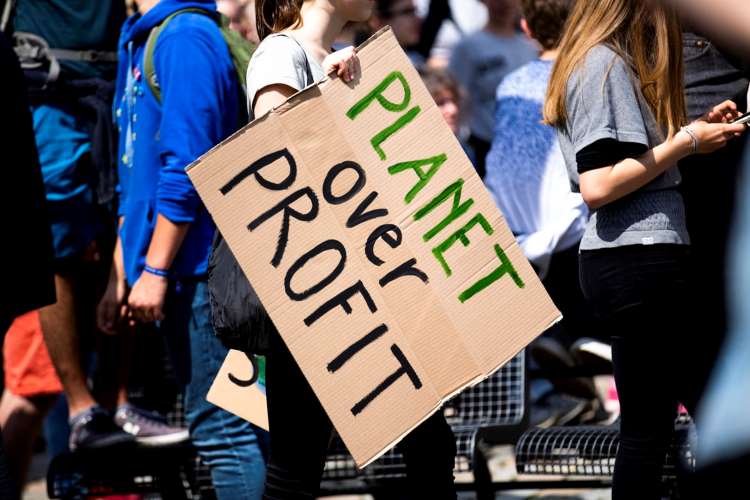
The COP26 draft agreement perfectly blends the world’s commitment to fight climate change with practicality. The countries showed intention and ensured that the pact did not end up as rhetoric, despite pressure from groups of nations and activists. The delegates were guided by the need for balance and the conference ended with India and China on the same side, effectively negotiating to get the wording of the agreement right.
The diplomatic evolution of the language of COP26 draft agreement on the phasing out of coal and fossil fuel subsidies was backed by principles and the member countries have agreed to map their plans and benchmarks. The interests of countries based on their present status was the guiding factor in the negotiations. For developing nations that have already incurred capital expenditure on the cheapest fuel available – coal in India’s case, the phasing out needs to be done in a planned manner. They need to use the cheapest feedstock while ensuring that the plants use technologies that reduce emissions.
READ I COP26: World will overcome anxiety about future without fossil fuels
COP26 draft agreement offers practical solutions
The subsidy regime for countries using fossil fuels needs to be inclusive and ensure that the poor are not left out. Thus the biggest causes of global warming — fossil fuels, deforestation, livestock farming, chemical fertilizers and fluorinated gases – must be aligned with the national policy on subsidies. This has been well deliberated, with intention and achievable goals as guiding principles.
To keep global warming within 1.5 degrees above the pre-industrial levels is a tough task. It makes sense to target achievable goals than to list unachievable targets to score a point. The national delegations at COP26 did the right thing by sticking to the language that will trigger efforts towards achievable targets. The agreement accepted the commitments made by India and China towards clean power, while acknowledging the possibility of an increase in the use of fossil fuels in the near future, along with policy to gradually shift towards alternate sources of clean energy.
READ I Climate change: Takeaways from draft COP26 agreement
The final draft agreement, therefore, does not stress on phase out, but on ‘phase down’ of unabated coal power and phase out of inefficient fossil fuel subsidies. The subsidies have to be in line with national circumstances. The document recognized the need to support a just transition and ended with a call for the development, deployment and dissemination of technologies and adoption of policies for shifting to a low-emission system.
The COP26 draft agreement is a diplomatic victory for the cause of climate change. Coal will play a vital part in India’s efforts to become a $5 trillion economy. For the government, it is important not to lose sight of the need to shift towards renewables. India should be able to achieve net zero ahead of its 2070 commitment through a planned shift to renewables and efficient use of coal. It should keep the option of coal for the next 50 years and should have a clear-cut policy on the use of energy resources in line with its growth aspirations and global commitments for action against climate change.
